The Resource, Recovery and Reuse research team at IWMI recently visited Bangalore and Hanoi to understand the issues of scaling safe human waste & wastewater re-use businesses. In Bangalore, they met Raj-anna, a farmer who uses faecal sludge in his fields instead of inorganic fertilizer.
 Raj-anna, a farmer in Bangalore, is considered an entrepreneur and pioneer of human waste by some. Photo Credit: Lars Schoebitz
Raj-anna, a farmer in Bangalore, is considered an entrepreneur and pioneer of human waste by some. Photo Credit: Lars SchoebitzSome consider Raj-anna a pioneer and entrepreneur of human waste. He always knew the potential for reuse of faecal sludge in agriculture, but he was a pioneer at intercepting ‘honey suckers.’ Honey sucker is the romanticized term for truck operators who collect faecal sludge from septic tanks and dispose the sludge out of town in open land areas.
The average urban dweller may be turned off immediately by the term “faecal sludge,” as it is usually perceived as a dirty, smelly and harmful substance. But they don’t realize that it is a product rich in resources that may play a key role in the future of agriculture. It’s true, fresh sludge like animal manure usually contains pathogens and contaminants which can be harmful for human and environmental health. But let’s face it! Faecal sludge is like farmyard manure—also a nutrient rich, natural, abundant, and constantly replenishing resource that we waste all too easily. If properly treated and applied, sludge has great beneficial effects for soils, crops and livelihoods; a practice cherished by farmers in China over centuries.
Raj-anna was one of the stakeholders that the Resource, Recovery and Reuse (RRR) research team from IWMI met in Bangalore. The team is currently embarking on a research initiative to explore pioneer business approaches that reuse waste to derive value from its resources – value that could benefit millions of poor farmers and households who continue to struggle with depleted soils, lack of good quality water or access to energy.
“We used to reuse almost all of our waste,” says Luca Di Mario, a PhD researcher associated with the RRR team. But by the end of the 18th century, city dwellers determined the culprit of many illnesses was mis-managed sewage. So systems were designed to take waste far away from cities and out of sight. From the farming perspective, this might work in Europe where we have fertile soils and can afford fertilizer, but in tropical countries soils are much older and very poor and so are the farmers.
Now, with the rise in urban population and rural-urban food flows, nutrients for crop production are becoming increasingly scarce. We can no longer afford to dump the resources in the waste we generate.
On the other hand, since ecological sanitation is becoming mainstream, closed loop systems and related technologies like composting are now well known. However, most projects remain small or hardly survive their pilot stage. The biggest challenge is how to scale the emerging success stories, ensure they are safe and viable and create a sustainable impact over the long-term.
The market for fecal sludge in Bangalore is growing. Most of the households have septic tanks, which require emptying every so often. Raj-anna used to watch “honey suckers” drive on the road by his farm on their way to dump the septic waste in the wild, like rivers, or – where possible at the sewage treatment plant. “Initially Raj-anna collected the faecal sludge that the honey suckers dumped in the wild and used it in his fields. Until one day he decided to approach a few of the honey suckers. He asked them to dump the sludge in a pit that he had dug in his field. In return, he would tip the truckers about $2 every time they emptied the truck in to the pit,” says Krishna Rao, part of the RRR research team.
 Raj-anna and fellow farmer walk on landscaping grass grown using faecal sludge as fertilizer. Photo Credit: Lars Schoebitz
Raj-anna and fellow farmer walk on landscaping grass grown using faecal sludge as fertilizer. Photo Credit: Lars SchoebitzRaj-anna constructed a large drying bed for the faecal sludge where the sun is naturally disinfecting it. He then applies the sludge to his banana plantation, papaya plants, and to grow grass for landscaping. Raj-anna says that he had seen his father and grandfather use faecal sludge as fertilizer.
Not only does this result in savings for Raj-anna from purchasing fertilizers for his own farm, he also makes money by selling dried fecal sludge to other farmers in the region. The knowledge of using faecal sludge is an ancestral know-how but scientists today are seeing it as something new, laughs Raj-anna, mocking scientists who have come to visit his fields. Harnessing demand for re-usable resources, like human waste, will help cities like Bangalore reduce wild dumping and turn a potential problem into an asset for agriculture.
“Depending on the quality of sludge and the context, this can be a win-win-win situation for the honey sucker business, the farmer and the environment,” says Di Mario. “The empting business gets tipped by the farmers and save treatment costs. The farmers get better yields and save money on fertilizers. The soils are enriched and water bodies less polluted. Why should the ‘honey sucker’ go to a sewage treatment plant to dump the sludge for a fee if the human manure can be diverted and reused safely?”
Rao adds, “It is also a win-win for the citizens with improved environment and sanitation and especially water and sewage utilities since utilities in a majority of cities in developing countries do not have the capacity to treat all the waste that they generate.”
Today in Bangalore, there is a growing market for the sludge. Other farmers are jumping on the bandwagon, creating competition between farmers for sludge from the honey suckers. Truck operators are now even demanding higher tips.
The RRR team is currently analyzing about 50 very different “RRR businesses” turning a variety of waste sources into water, nutrients or energy that can be implemented and scaled up in the context of Bangalore, Hanoi, Kampala and Lima. These studies are designed to focus on the entire sanitation value chain, paying particular attention to health safety and agricultural benefits.
Have you realized the value of all the organic waste and wastewater we produce? Please share your stories below.
The Resource, Reuse and Recovery team would like to thank Biome Environmental Trust and Small Scale Sustainable Infrastructure Development Fund for organizing the visit in Bangalore. The project is carried out in close collaboration with SANDEC-EAWAG, WHO, Swiss-TPH and CEWAS.



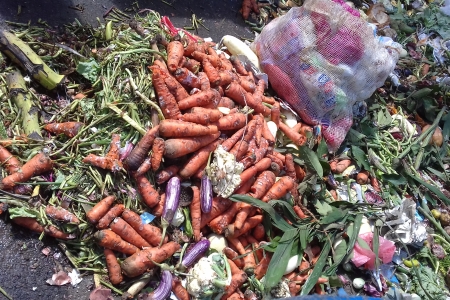



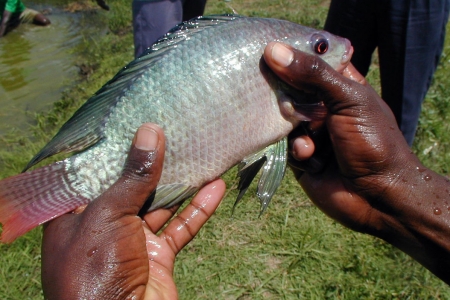
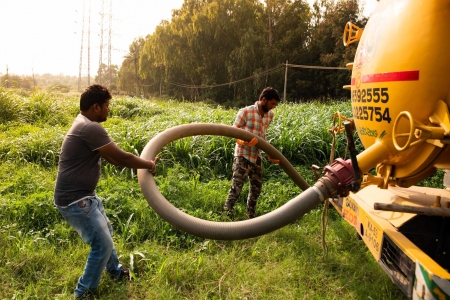
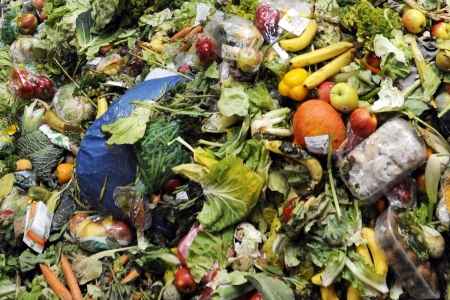

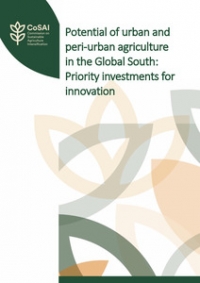
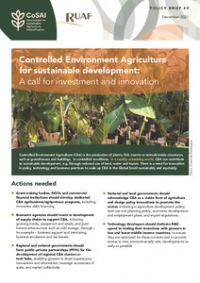
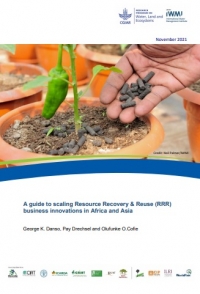
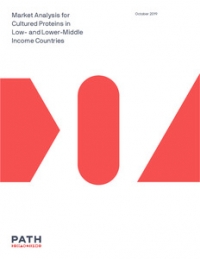
Comments
The informal sector has stepped in providing both coping strategies for the present and showing the possible way forward, in Bengaluru city - a city that is rapidly growing and grappling with issues created by this growth. Water, Sanitation and Solid-waste sectors are perhaps most representative of this phenomenon. Where governance is yet to catch up with rapidly changing reality, the informal entrepreneurs have filled in the gap creating livelihoods, economic value and providing fundamental services to the city. Rajanna is just one of the many friends of ours in this value chain.
While the city has to learn how to solve its problems by learning from what the informal sector has demonstrated, it is important that it does not hijack the informal sector. Risks need to be mitigated, and yes regulation should come in - but without disturbing the way the informal sector has innovated, and without killing the livelihoods it has generated for the poor. Further, the city should find a way to support these enterprising innovators, and use this supportive engagement to drive risk mitigation & regulation
Avinash Krishnamurthy, S3IDF & Biome Environmental Trust
The problem with modern day sludge is that its quality is of much poorer standard than what was used a number of generations ago. In today's food cycle (and probably less so in developing countries), sewage is contaminated with heavy metals, medical residues, etc. some of which have the potential to be bioaccumulated into crops and animals.
Heavy metals and other contaminants will be a particular challenge where biosolids (sludge) from wastewater treatment plants is used in farming as the sewer system might receive wastewater from domestic and industrial sections of the city. Faecal sludge collected by honey suckers from household based septic tanks should have a better reuse quality. Data are needed to confirm this, and how much of any contaminants eventually passes the soil and root barriers to enter the food chain.